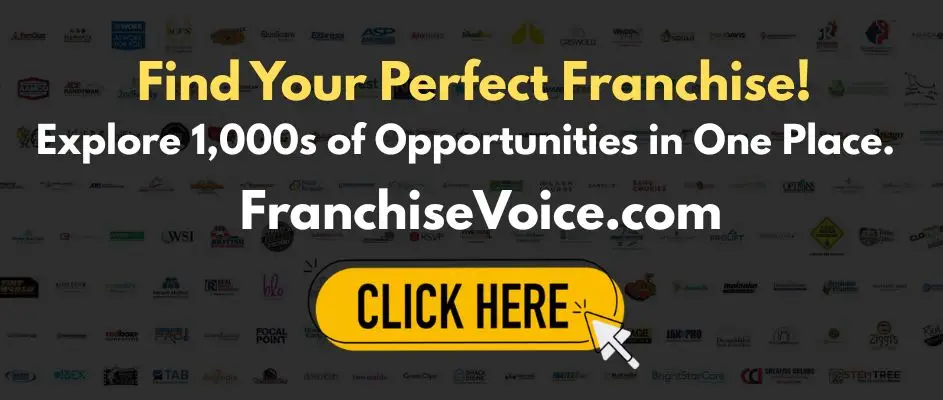Anatomy of a High-Converting Landing Page (+ Tear-Downs)
In the crowded digital world, a landing page can make or break your campaign. Whether you’re running paid ads, promoting a SaaS product, or generating leads for a service business, your landing page is the conversion engine. The difference between a mediocre page and a high-converting landing page often lies in the details—layout, copy, trust signals, and user experience.
In this guide, we’ll break down the anatomy of a high-converting landing page, explore why each element matters, and analyze real-world tear-downs so you can apply proven strategies to your own campaigns.
What Makes a Landing Page “High-Converting”?
A landing page is considered high-converting when it consistently turns visitors into leads, customers, or subscribers at a rate above industry averages. While conversion rates vary by sector, a conversion rate of 5% to 10% is a strong benchmark.
High-converting pages don’t rely on flashy design alone—they combine psychology, usability, and persuasive storytelling to guide users toward a single desired action.
Anatomy of a High-Converting Landing Page
Here’s the breakdown of must-have components every high-performing landing page should include:
1. A Compelling Hero Section
-
Clear headline with a value proposition
-
Subheadline that expands on the benefit
-
Hero image or video showing the product/service in action
-
Call-to-Action (CTA) button above the fold
💡 Pro Tip: Use long-tail keywords like “best SaaS landing page examples” in your headline or supporting copy for SEO visibility.
2. Social Proof and Trust Signals
-
Customer testimonials with real names/photos
-
Industry awards or certifications
-
Logos of well-known clients or partners
-
Trust badges for security and privacy
These reduce friction and reassure users that your offer is credible.
3. Benefits-First Copywriting
Instead of focusing only on features, emphasize what the customer gains:
-
Save time with automated workflows
-
Increase ROI with data-driven insights
-
Get 24/7 support from experts
Use scannable bullet points and bold formatting to highlight takeaways.
4. Strong and Relevant Call-to-Action (CTA)
Your CTA should be:
-
Action-oriented (“Start Your Free Trial,” “Book a Demo”)
-
Visible in multiple spots across the page
-
Designed with contrasting colors
💡 Pro Tip: Test microcopy under CTA buttons. Example: “No credit card required” boosts clicks by lowering commitment anxiety.
5. Conversion-Optimized Form
-
Ask for only essential fields (name + email works best for top-funnel campaigns).
-
Use smart defaults (e.g., prefilled country code).
-
Add privacy assurance like “We never share your data.”
6. Visual Hierarchy and Mobile Optimization
Your landing page must be:
-
Easy to navigate with plenty of white space
-
Optimized for fast mobile load times
-
Designed with scroll-friendly sections
Since over 60% of web traffic comes from mobile, this isn’t optional.
7. Persuasive Closing Section
Reinforce your unique value proposition with:
-
A final CTA
-
FAQ to handle objections
-
Guarantee or refund policy
This helps convert visitors who are still hesitant after scrolling.
Landing Page Tear-Downs: What Works (and Why)
Let’s analyze a few styles of high-converting landing pages:
Example 1: SaaS Free Trial Page
-
What Works: Simple headline, explainer video, 14-day free trial CTA.
-
Why It Converts: Reduces risk with no-credit-card sign-up and highlights integrations with popular tools.
Example 2: E-commerce Product Launch Page
-
What Works: Hero section with lifestyle image, urgency messaging (“Limited stock”), and trust badges.
-
Why It Converts: Combines scarcity with strong visuals that trigger emotional appeal.
Example 3: Lead Generation Service Page
-
What Works: Benefits-driven copy, multiple CTAs, and live chat integration.
-
Why It Converts: Reduces hesitation by providing instant support and handling objections in real-time.
Best Practices for Creating High-Converting Landing Pages
-
Run A/B tests on headlines, CTAs, and form lengths.
-
Use heatmaps to track user behavior.
-
Optimize page speed—Google research shows a 1-second delay can reduce conversions by 7%.
-
Align your landing page message with your ad copy for higher Quality Score and ROI.
Final Thoughts
A high-converting landing page is not about guesswork—it’s about strategy, psychology, and consistent optimization. By including each of the core elements (compelling hero section, social proof, benefits-driven copy, strong CTAs, and mobile-friendly design), you dramatically increase the chances of turning visitors into paying customers.
If you’re serious about scaling, use data-driven insights and real tear-downs to refine your landing page design. Start testing today, and watch your conversion rates climb.

